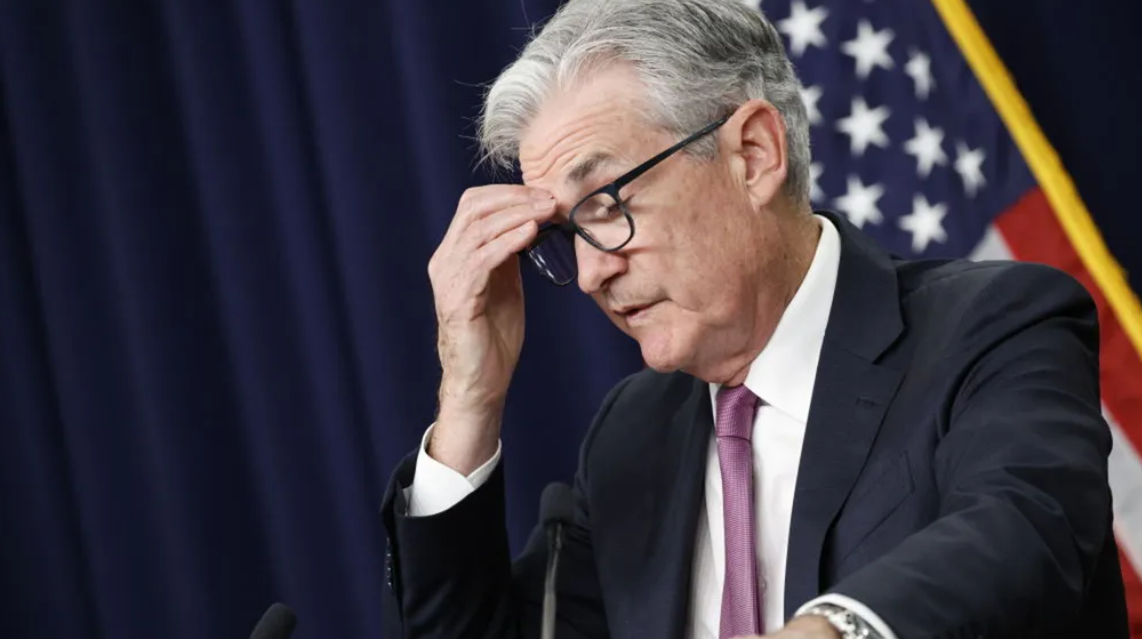The Federal Reserve, often simply referred to as the Fed, plays a crucial role in shaping the United States’ economic policies and financial stability. To achieve these objectives, the Fed holds regular meetings to discuss and make decisions on various monetary and economic matters. In this article, we will delve into the upcoming Federal Reserve meetings, their significance, and what to expect from them.
The Role of the Federal Reserve
Before discussing the next Fed meeting, it’s important to understand the Federal Reserve’s role. The Fed is the central bank of the United States, responsible for several key functions, including:
Monetary Policy: The Fed influences the country’s money supply and interest rates, aiming to achieve its dual mandate of price stability and maximum sustainable employment.
Financial Stability: It supervises and regulates banks to ensure the stability and integrity of the financial system.
Payment Systems: The Fed facilitates secure and efficient payment and settlement systems, ensuring the smooth flow of money throughout the economy.
Economic Research: The Fed conducts research and analysis to better understand economic trends and challenges, which informs its policymaking.
Federal Reserve Meetings
The Federal Reserve conducts eight regularly scheduled meetings throughout the year, as well as additional meetings if deemed necessary. The most significant and closely watched of these meetings are the Federal Open Market Committee (FOMC) meetings.
The FOMC meetings typically occur over two days and involve discussions about the state of the U.S. economy and the appropriate monetary policy to support the Fed’s dual mandate. At the conclusion of each FOMC meeting, the committee releases a statement outlining its decisions and economic outlook. This statement provides valuable insights into the Fed’s intentions, particularly regarding interest rates and potential policy changes.
Upcoming Federal Reserve Meetings
To stay informed about the Fed’s decisions and economic outlook, it’s crucial to be aware of the upcoming Federal Reserve meetings. As of the knowledge cutoff date in January 2022, the FOMC meeting schedule for the year is as follows:
January 25-26, 2022
This meeting will provide the first insights into the Fed’s approach for the year and its assessment of economic conditions.
March 15-16, 2022
The second meeting of the year will be watched closely for any changes in monetary policy or economic forecasts.
April 26-27, 2022
The April meeting offers an opportunity for the Fed to adjust its strategies in response to evolving economic conditions.
June 14-15, 2022
The midpoint of the year is a crucial time for the Fed to assess its progress and make any necessary adjustments.
July 26-27, 2022
The July meeting will allow the Fed to evaluate its policies in light of the economic landscape.
September 20-21, 2022
As the year progresses, the Fed will continue to fine-tune its approach to monetary policy.
November 1-2, 2022
The penultimate meeting of the year will provide insight into the Fed’s plans for the final stretch of 2022.
December 13-14, 2022
The last FOMC meeting of the year often includes the most significant policy decisions and economic assessments.
Please note that the Fed may also hold additional unscheduled meetings in response to unexpected economic events or crises. The meeting dates listed are subject to change, and it’s advisable to check with official sources for the most up-to-date information.
What to Expect from the Fed Meetings
The primary focus of the Fed meetings is monetary policy, particularly interest rates. Investors, financial institutions, and the general public closely follow these meetings to gain insights into the future direction of interest rates, which can have a significant impact on borrowing costs, investment decisions, and overall economic conditions.
At each meeting, the FOMC assesses economic data and financial market conditions to determine whether changes in monetary policy are needed. They may choose to raise or lower interest rates, maintain the current rate, or adjust other policy tools as necessary to achieve the Fed’s objectives of price stability and maximum sustainable employment.
Conclusion
The Federal Reserve meetings play a vital role in shaping U.S. economic policy and financial stability. Understanding when these meetings occur and what to expect from them is essential for investors, businesses, and anyone with a stake in the U.S. economy. The decisions made at these meetings can have far-reaching implications, making them a focal point of economic analysis and discussion.


